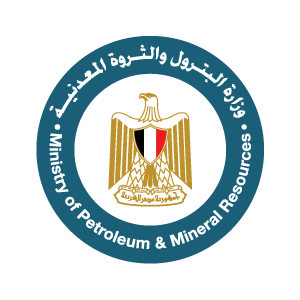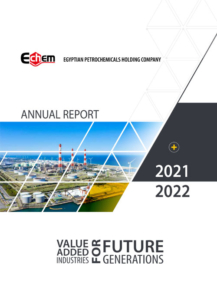Methanol
Methanol, often referred to as wood alcohol, holds the potential to revolutionize the energy landscape of the future.
Unveiling Methanol
Definition and Chemical Structure
Methanol, with the chemical formula CH3OH, is the simplest alcohol compound, consisting of one carbon atom, three hydrogen atoms, and one hydroxyl group (-OH). It is a colorless, volatile liquid with a slightly sweet odor and is highly soluble in water. Methanol’s chemical properties make it a valuable precursor in the synthesis of various chemicals and fuels.
Production Methods
Traditionally, methanol was produced through the destructive distillation of wood, hence its name “wood alcohol.” However, modern methanol production primarily involves the catalytic conversion of synthesis gas (a mixture of carbon monoxide, carbon dioxide, and hydrogen) derived from natural gas, coal, or biomass. Renewable methods, such as biomass gasification and carbon capture utilization, offer sustainable alternatives for methanol production, contributing to its green credentials.
Applications of Methanol
Fuel
Methanol as a Transportation Fuel
Methanol’s use as a transportation fuel dates back to the early 20th century, particularly in racing cars and motor racing events. Today, methanol is gaining traction as a potential alternative to gasoline and diesel in internal combustion engines and fuel cells. Methanol-powered vehicles offer lower emissions of greenhouse gases and air pollutants compared to conventional fossil fuels, making them attractive options for reducing environmental impact.
Chemical Feedstock
Industrial Applications
Methanol serves as a versatile chemical feedstock in the production of numerous chemicals and materials, including formaldehyde, acetic acid, olefins, and plastics. Its role as a building block for various industrial processes underscores its significance in manufacturing and industrial sectors.
Energy Storage
Methanol as an Energy Carrier
Methanol’s high energy density and ease of storage make it an attractive option for energy storage and distribution. It can be used in fuel cells to generate electricity or converted back into hydrogen through reforming processes, offering a viable solution for energy storage and grid stability.
Methanol: Driving Tomorrow’s Energy Revolution
Renewable Methanol
The advent of renewable methanol production methods represents a significant step towards a sustainable energy future. Biomass-derived methanol and methanol produced from captured carbon dioxide contribute to reducing reliance on fossil fuels and mitigating climate change.
Decarbonization Initiatives
Methanol’s role in decarbonizing transportation, industry, and power generation sectors aligns with global decarbonization initiatives aimed at reducing greenhouse gas emissions. Its versatility and compatibility with existing infrastructure make it a valuable asset in achieving carbon neutrality goals.
Future Prospects
Innovation and Research
Ongoing research and development efforts focus on advancing methanol production technologies, improving energy efficiency, and expanding its range of applications. Innovations in catalyst design, reactor engineering, and process optimization are driving the evolution of methanol as a sustainable energy carrier.
Policy Support
Policy measures and incentives promoting the use of renewable fuels and low-carbon technologies bolster the market demand for methanol and pave the way for its widespread adoption. Government support for research, development, and deployment initiatives accelerates the transition towards a methanol-based economy.
(FAQs)
What are the main advantages of methanol as a fuel?
Methanol offers several advantages as a fuel, including lower emissions of greenhouse gases and air pollutants, high energy density, ease of production, and compatibility with existing infrastructure.
Is methanol safe to use as a transportation fuel?
When handled and stored properly, methanol is as safe as conventional fuels. However, like any flammable liquid, precautions should be taken to minimize the risk of fire or explosion.
How does methanol contribute to renewable energy?
Renewable methanol, produced from biomass or captured carbon dioxide, offers a sustainable alternative to fossil fuels. By utilizing renewable resources and reducing greenhouse gas emissions, methanol plays a crucial role in advancing renewable energy solutions.
What are the challenges associated with methanol production and use?
Challenges associated with methanol production and use include the availability of renewable feedstocks, energy efficiency of production processes, infrastructure development, and public acceptance.
What is the future outlook for methanol?
The future outlook for methanol is promising, with growing interest in renewable production methods, decarbonization initiatives, and advancements in technology. Methanol is poised to play a pivotal role in shaping the transition to a sustainable and low-carbon energy future.
Conclusion
Methanol emerges as a hidden powerhouse driving tomorrow’s energy revolution, offering a clean, versatile, and sustainable solution to the world’s energy challenges. With renewable production methods, innovative applications, and policy support, methanol holds the potential to reshape global energy systems and accelerate the transition towards a greener and more sustainable future.






